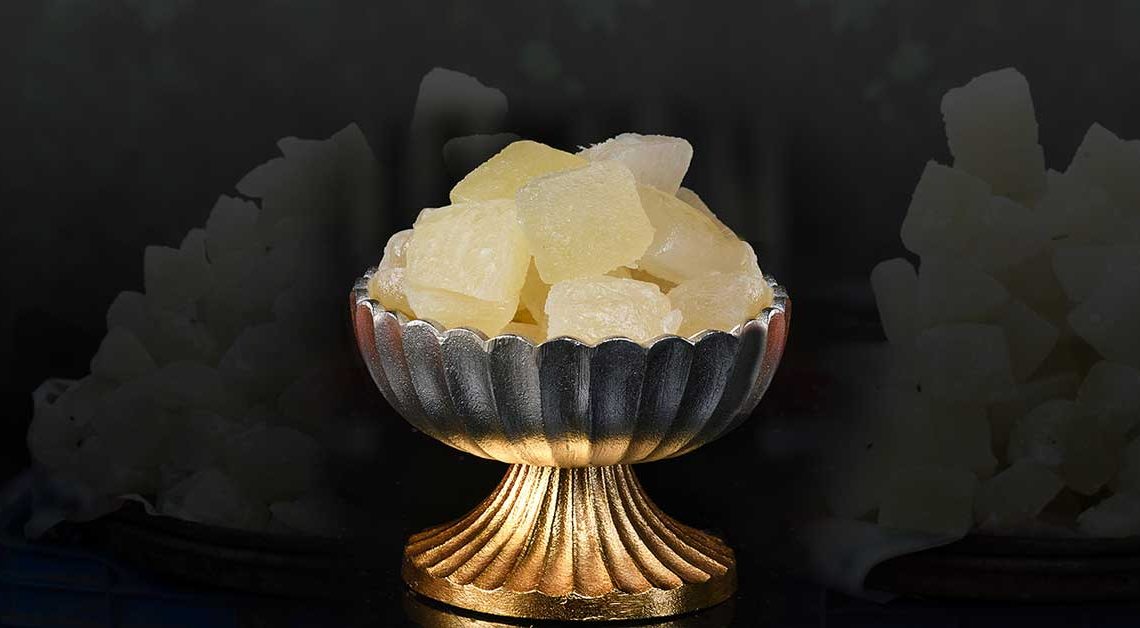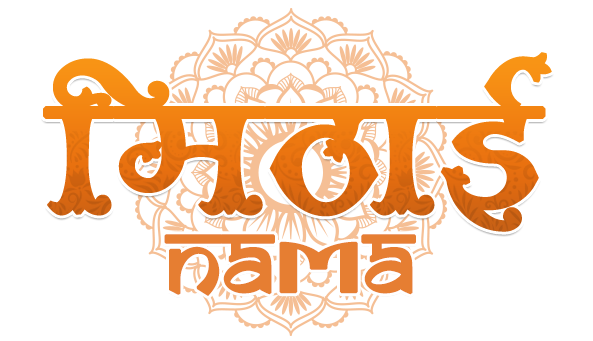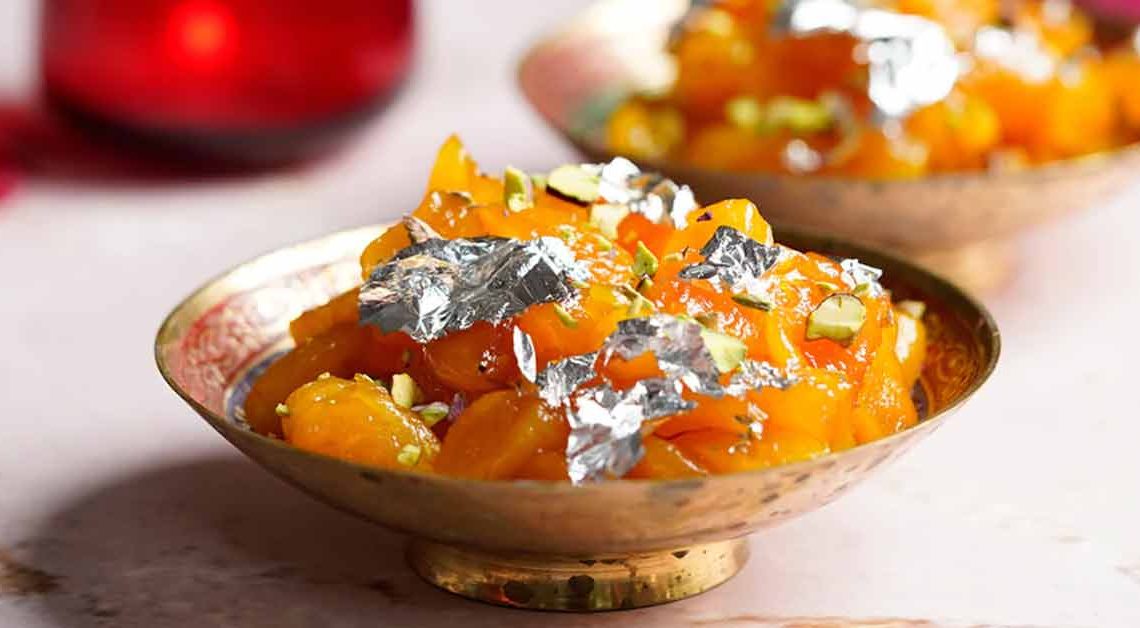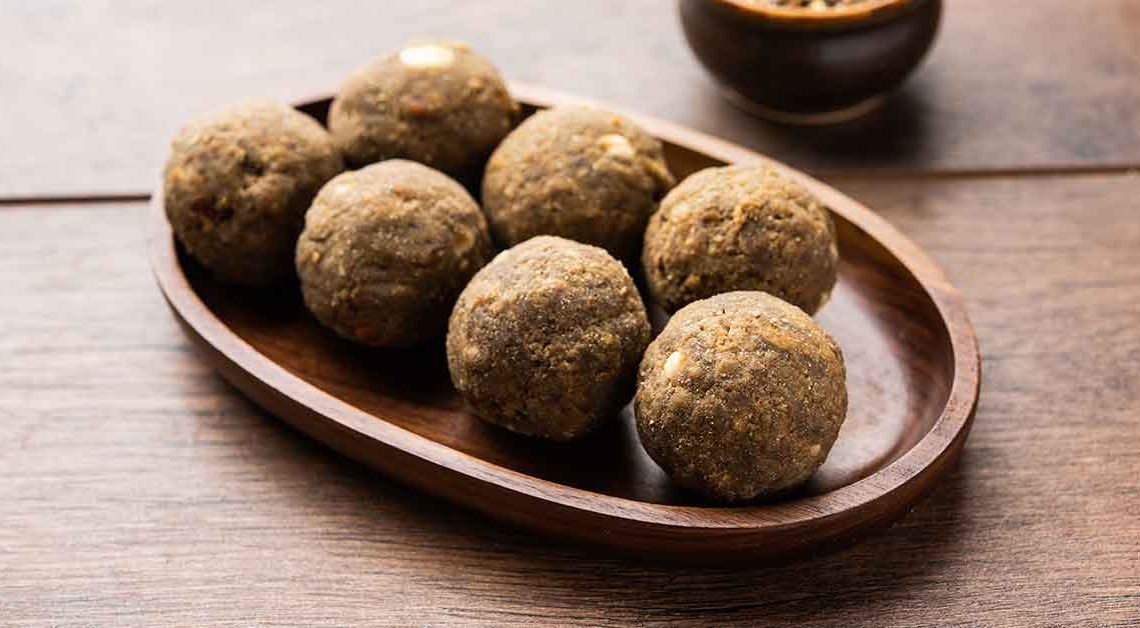Petha – A dessert that will never Disappoint

Have you ever heard of petha? This unassuming and delicious Indian sweet is a true hidden gem of the culinary world. Made from winter melon, sugar, and a variety of spices and flavors, it is a treat that’s sure to tantalize your taste buds.
But do you know petha is more than just a sweet treat!! – it’s a cultural icon with a rich history and tradition. Originating in the city of Agra in northern India, it has been enjoyed for centuries and is often associated with the famous Taj Mahal.
What makes it so unique is its versatility. From classic flavors like saffron and cardamom to more modern twists like chocolate and rose, there’s a petha flavor to suit every palate. And with its soft, chewy texture, it is the perfect snack to enjoy anytime – whether you’re relaxing at home or on the go.
Join me as we dive into the world of petha, exploring its history, traditions, and flavors. From the streets of Agra to the kitchens of modern-day India, we’ll discover what makes this sweet so special and why it’s a beloved treat for people around the world. So grab a piece of petha and let’s explore!
Origin of Petha
The origin of the sweet dates back to the Mughal era when it was created as a special sweet for the Mughal emperor, Shah Jahan. It is said that the emperor was fond of sweet dishes and often demanded new and unique desserts from his chefs. One day, his chef decided to experiment with the flesh of ash gourd and created a new sweet that was soft, translucent, and had a unique flavor. Shah Jahan loved the dish and named it “Petha”, which means “soft candy” in Hindi.
History of Petha
The history of the sweet is closely linked to the history of the Mughal Empire. The Mughals were a powerful dynasty that ruled India from the 16th to the 19th century. They were known for their love of food, and they introduced many new dishes to Indian cuisine, including petha.
It is believed that the Mughals introduced petha to India during the 16th century. They were known for their love of sweets, and they were always looking for new and innovative ways to satisfy their sweet tooth. The Mughals were also great patrons of the arts, and they encouraged the development of new dishes and cuisines.
It was initially prepared by boiling ash gourd in sugar syrup. This process helped to preserve the vegetable, which was often used as a substitute for sugar in desserts. Over time, petha evolved into a delicacy, and it was prepared using different techniques and ingredients.
Cultural Significance of Petha
In India, food is not just a means of sustenance but also a part of the culture and tradition. It is no exception. It is believed that the sweet has several health benefits and is often consumed during fasting periods. According to Ayurveda, ash gourd, the main ingredient of Petha, is known to have cooling properties and is beneficial for digestion.
Apart from its health benefits, it is also associated with several cultural beliefs. In Agra, Petha is considered to be a lucky charm and is often given as a gift to bring good luck and prosperity. It is also believed that consuming sweets during exams can improve one’s memory and help in scoring good marks.
Where Petha is Famous?
It is primarily famous in the northern state of Uttar Pradesh. It is especially popular in the city of Agra, where it is believed to have originated. Agra is known for its petha, and there are many shops in the city that specialize in this sweet. It is also popular in other parts of northern India, such as Delhi, Rajasthan, and Madhya Pradesh.
It is available in many different flavors, including plain, kesar (saffron), and angoori (grape-like). It is also available in different shapes and sizes, such as round balls and rectangular pieces. Some shops also sell petha coated with silver foil, which is considered to be a luxury item.
Interesting Facts and Trivia Related to Petha
- It is a popular sweet from the city of Agra, located in the northern Indian state of Uttar Pradesh.
- It is made from white pumpkin or ash gourd, which is also known as “petha” in Hindi. It can be made using other types of gourd as well, such as bottle gourd and sponge gourd.
- It is traditionally made by boiling pumpkin pieces in sugar syrup and then drying them in the sun.
- It can be flavored with a variety of ingredients, including saffron, cardamom, rose water, and kewra water.
- It can be eaten fresh or dried, and it can be stored for several months and also stored in airtight containers to maintain freshness.
- It is often given as a gift during special occasions such as weddings and festivals.
- The largest petha ever made weighed 7,858 kg and was made in Agra in 2011.
- It is said to have medicinal properties and is believed to help with digestion and to cool the body.
- It is low in calories and fat and is a good source of vitamin C and fiber.
- It is also known as “safed (White) petha” or “ash gourd candy.”
- It can be eaten as a standalone sweet or can be used as an ingredient in other desserts.
- It is often sold in a rectangular shape and is usually white or yellow in color.
- It is popular in many parts of India, including Delhi, Mumbai, and Kolkata.
- It is also exported to countries such as the United States, Canada, and the United Kingdom.
- Agra is known as the “Petha Nagri” or the “city of petha” due to its association with the sweet.
- It is said to have originated as a way to preserve pumpkins during the off-season.
- It is a popular snack for people who are fasting during Hindu festivals such as Navratri and Janmashtami.
- It is often served with a sprinkling of desiccated coconut on top.
- It is said to have been a favorite sweet of Mughal emperors such as Akbar and Jahangir.
- It is believed to have been introduced to the Mughal court by the Persian emperor Nadir Shah. It is believed to have been first made during the Mughal era in Agra.
- It can be made with jaggery instead of sugar for a healthier version of the sweet.
- It can be dipped in chocolate or coated with silver foil for a fancier presentation.
- It is said to have aphrodisiac properties and is sometimes referred to as the “Viagra of the East.”







